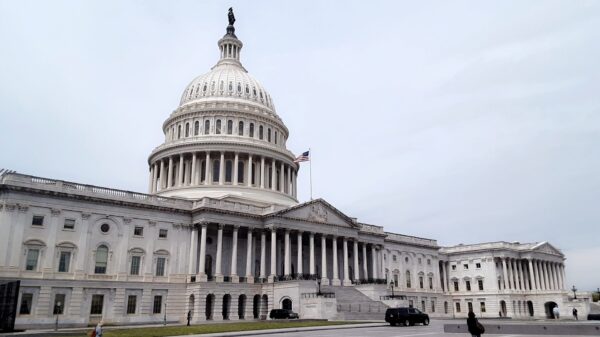Boston Political Review staff writer Grayson McKean takes an in-depth look at the water crisis unfolding in the south of the US.
The Black Belt Region consists of a strip of land in the American South stretching from Texas to Virginia. This land is known as the “Black Belt” because of its rich soils that made it ideal for planting cotton in the early 19th century. During this time, the region was home to one of the wealthiest plantation-based industries in the United States, built upon and maintained by the virulent racism and the unpaid labor of the nation’s slave population.
Now, the region is known for its high rates of poverty, unemployment, and a completely stagnant economy. In Alabama, nine out of ten of the poorest counties lie within the perimeters of the Black Belt. This has left the people in this region with a myriad of intersectional and compounding problems, including a lack of access to medical care, sanitary sewer, and water systems, and a lack of resources to fix these ever-growing issues. These problems primarily result from the absence of local and federal funding, racial discrimination, and out-of-area migration.
The issue of sanitary and accessible sewer and water is most prominent in the more rural areas of Alabama. In Lowndes County, more than 40% of the population relies on on-site septic systems that are old and failing. The dense clay soil conditions – ideal for growing cotton but costly to dig – keep the construction of regulated wells and septic systems out of financial reach for most residents. This has left the people of Alabama, as well as many other states within the Black Belt region, living in appalling conditions unbefitting of a country that prides itself on industrialization and the American Dream. Rural households find themselves with faucets that drip rust, sewage spilling into their front yards, and water that contains E-coli and other bacterial or parasitic diseases.
In 2010, native environmental activist, McArthur Fellow, and member of the White House Environmental Justice Advisory Council, Catherine Coleman Flowers brought a research team to Lowndes County, Alabama, to conduct a study on the prevalence of hookworm, a parasitic roundworm that can lead to blood and protein loss. Of the people tested in this study, roughly 35% were affected by hookworm. This study has since been disputed, but one thing is certain: a lack of adequate water and sewer provisions has led to various health issues in the area.
A research team at the University of Alabama at Birmingham, funded by the CDC, is currently studying the effects of the unsanitary water conditions in Lowndes County and other counties in Alabama’s Black Belt. In November 2021, the Infrastructure Investment and Jobs Act was passed into law. The passing of this law, which provides unprecedented funds to address the water and sewer needs for the Environmental Protection Agency and the U.S. Department of Agriculture, was followed by a visit to Lowndes County in August 2022 by various federal officials. This law offers a glimmer of hope for rural communities in the United States searching for access to sanitary sewer and water. The bill itself claims that it will provide $23.4 billion for the Clean Water State Revolving Fund and Safe Drinking Water programs, $15 billion for lead service line replacement, $10 billion to address Per- and Polyfluoroalkyl Substances, and $3.5 billion to support water infrastructure in Tribal communities.
Despite these promised funds, there is still no efficient mechanism for transforming this into tangible, solution-focused projects in the country’s Black Belt and other affected areas. Although this law provides the allocated money to reach small, rural towns in need of sanitary wastewater systems, there is no way to ensure that this money reaches disadvantaged communities once the state is granted the funds. This is primarily due to the large and varied ways the state can distribute the funds from this law.
In Alabama, most of these dollars are managed and distributed by the Alabama Department of Environmental Management, and eligible recipients are water and sewer authorities. In order to fill in the deficiencies of the local and federal government, nonprofit organizations like Dig Deep have stepped up to advocate for the Black Belt communities through research and projects. According to research done by Dig Deep, over 2.2 million people in the United States currently do not have proper access to clean sewer and water sources. Forty-four million more people do not have clean water that is safe to drink. People in these affected areas are 30 times more likely to contract diseases and are more susceptible to mental health issues, loss of work/school hours, and death. People of minority communities carry the heaviest burden of this crisis, with indigenous households being 19 times more likely, and Black and Latino households being twice as likely than white households to live without basic plumbing.
Recently, Dig Deep partnered with the Black Belt Unincorporated Wastewater Program, a new non-profit organization in Alabama targeting the sewer problems in Lowndes County. Similarly, the Water Well Trust, another national nonprofit organization helping Americans access clean, safe water, helped create a nonprofit called H2Alabama. Working together, these organizations hope to make clean water and sanitary sewer affordable in the Black Belt for the first time. Water is necessary; without it, people find themselves disadvantaged and deprived of their fundamental human rights.
Further articles written in collaboration with the Boston Political Review can be found here.

















